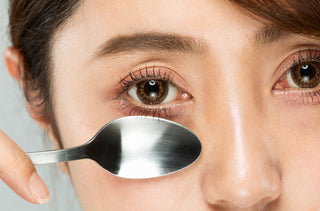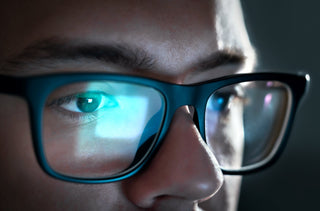Throughout civilization, eyes have always been considered windows to the soul. In many cultures, they are associated with mystical powers, ancestral beliefs and fascinating superstitions. Some myths evoke protection, others evoke curses, but all testify to the symbolic importance of our gaze.
The Evil Eye - Mediterranean, Middle East and Latin America
One of the most widespread beliefs throughout the world is that of the Evil Eye. Present in many cultures, from the Middle East to the Mediterranean and Latin America, the evil eye is believed to be a negative force transmitted by an envious or malevolent gaze. It can cause misfortune, illness or bad luck for the person who receives it.
To protect against it, various amulets and talismans are used, including:
- The nazar boncuk, a blue glass eye found in Turkey and Greece.
- The Hand of Fatima, a symbol of protection in North Africa and the Middle East.
- In Latin America, prayers and rituals are sometimes used to ward off the evil eye, often performed by traditional healers.
Eye twitching - China and India
Have you ever felt your eyelid twitch for no reason? In China and India, this phenomenon is often interpreted as a premonitory sign.
- In China, if the right eye twitches, it's often seen as an omen of good luck and good news. On the other hand, if it's the left eye, it could herald trouble ahead.
- In India, the interpretation varies according to gender: for men, a twitch in the right eye is a good sign, while for women, it's the left eye that brings good luck.
Falling eyelashes - Europe and North America
In some Western cultures, there's a superstition that if an eyelash falls out, it means someone is thinking about you. It's also common to blow on a fallen eyelash and make a wish, similar to shooting stars.
Sleeping with your eyes open - Philippines
In the Philippines, there is a belief that people who sleep with their eyes partially open attract spirits and wandering souls. Certain traditions therefore recommend gently awakening a person if he or she is sleeping in this way, to prevent him or her from being visited by invisible entities.
The divine eye - Ancient Egypt
In ancient Egypt, the Eye of Horus was a powerful symbol of protection, health and wisdom. It was often depicted on amulets and carved into tombs to ensure safety in the afterlife. Even today, the Eye of Horus remains a popular motif in jewelry and spiritual objects.
Clear eyes and witchcraft - Medieval Europe
During the Middle Ages in Europe, people with particularly light eyes (blue or green) were sometimes suspected of witchcraft. They were believed to possess a gaze capable of casting spells or attracting misfortune. Fortunately, these beliefs have disappeared, giving way to admiration for different eye colors.
Whether it's protection against the evil eye, premonitory signs or mystical symbols, the beliefs surrounding eyes are rich and varied. They bear witness to the universal fascination with the gaze and its power, both spiritual and symbolic. Whether you're superstitious or not, it's always worth exploring these traditions that have spanned ages and cultures.





















































